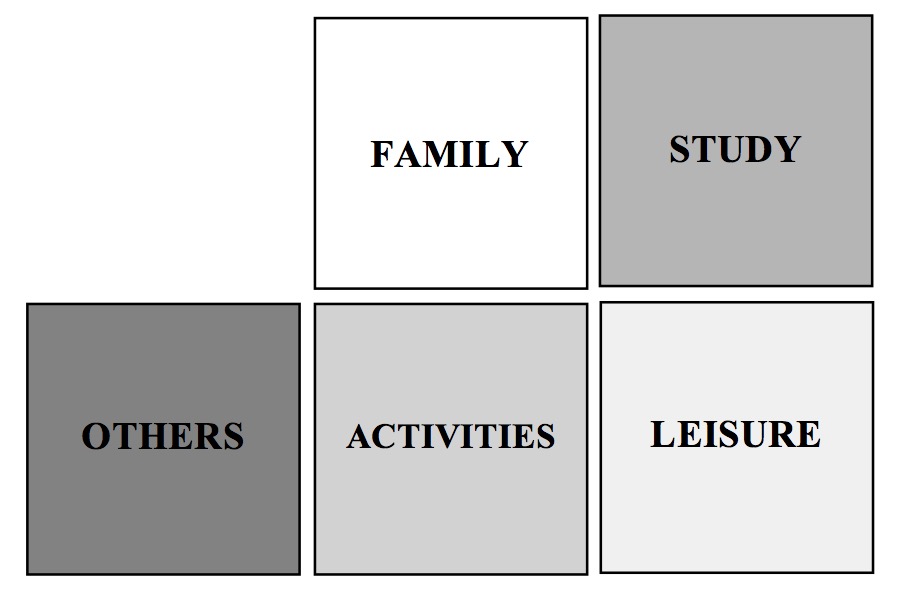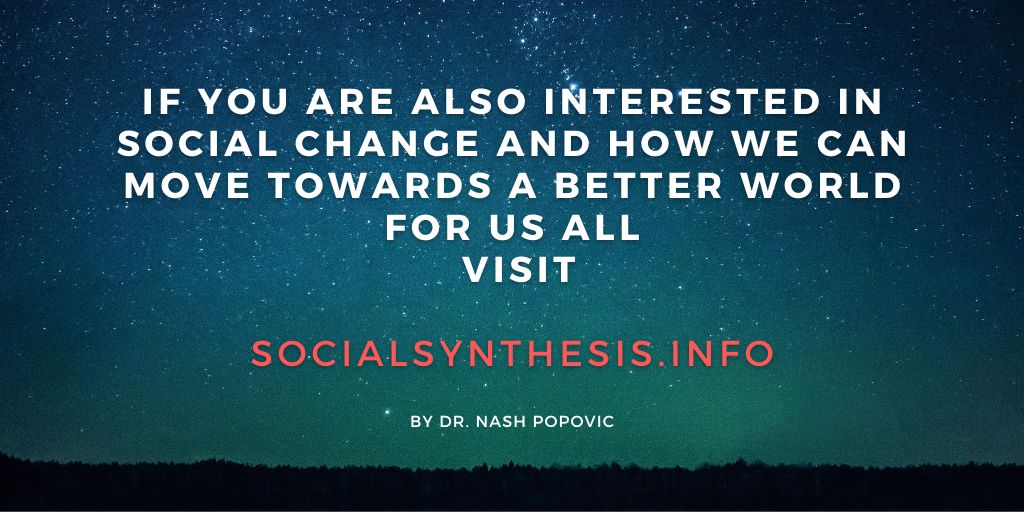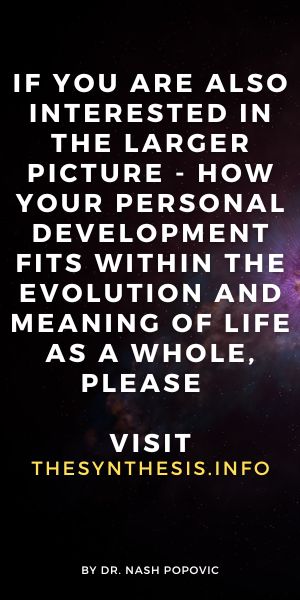29. The Present
The present which is here and now Such wise one should aspire to win What never can be lost nor shaken.
Buddha (the founder of Buddhism, 6c BCE)
This area focuses on what it really means to be present (being ‘here and now’) and why it matters. Attention and concentration will also be addressed as they are closely related to this subject.
Presence
Although we are always physically present, our mind can wander off away from the present and focus on the past, future, other places and situations, or daydream. This ability has some advantages: we can plan, process or mentally escape from what we find difficult, unpleasant or boring. However, if we make a habit of it, the result is the opposite. The very feelings we are trying to avoid (e.g. boredom) can become more intense and more frequent. But this is not all; being fully present has other benefits:
- It increases our awareness and control of the situation
- It minimises absentmindedness and clumsiness.
- It reduces stress, anxiety and worrying.
- We only really live in the present, so being ‘here and now’ enables us to live life fully.
This exercise can help us develop this ability:
Mindful presence can be practised in many situations (e.g. while doing house chores, walking or waiting). It consists of simply intending to be fully attentive to what you are experiencing or doing at that moment. Whenever you notice that you are mentally elsewhere, gently bring yourself back to the present and allow yourself to be absorbed in the here and now. To get the hang of this sort of mindfulness, start with simple, undemanding activities that we often take for granted, such as walking.
Try the above now. Get up and walk around, paying full attention to your walking, breathing and any other immediate experiences. How did you feel during and how do you feel after doing it?
Besides enhancing the sense of presence and liveliness, mindfulness usually has a calming and centring effect. Some people though feel a bit bored. If this is the case, remember that you may also feel bored with your own thinking or fantasising, so it is good to have an alternative. In this respect, mindfulness is similar to, for example, sunbathing – it may seem a bit boring at first, but in time it becomes enjoyable. Practising it regularly can also greatly improve your attention and concentration. In fact, it is wise to be mindufl even with what may seem unimportant – or otherwse, it may become important (such as where you left your keys).
Larger perspective
Being in the present is important, but this is not to say that we should always reduce our mental life to only immediate experiences. Presence shouldn’t mean being stuck in the present. A larger perspective that may involve recalling past experiences, planning, thinking about other people or what is going on elsewhere, as well as future consequences of present actions, may sometimes matter more. Real mastery is being able to be fully present and yet keep in mind that all-encompassing larger perspective. The following exercises can help you achieve this.
On the top of a mountain: close your eyes and imagine that you are standing on the top of a mountain. This very top is the present moment. Behind you is your past; in front of you is your future; on one side things happening elsewhere; on the other are your fantasies and other thoughts. So, you can see (keep in mind) all of them and yet remain in the present – on the top of the mountain.
Once you get a feel of it, this could become your default position. Let’s now turn to attention and concentration – essential qualities if you want to do something well, from playing sports to studying.
Attention
Attention means focusing our awareness. It does not only help us gather information about something quickly and accurately, but it can also release awareness from other unimportant or undesirable contents (such as worries or background chatter). All that we have covered so far can already help develop attention, so we will go a step further here and take up its dynamic properties – the ability to zoom in and zoom out. Sometimes we need to focus on something very specific and be able to exclude everything else (e.g. when we read something). In other situations, we may need to pay attention to many things simultaneously (e.g. when playing football or when cooking). So being flexible and able to narrow and expand our awareness at will can come in handy. The following exercise is a kind of workout for developing this mental muscle.
Awareness control consists of three steps:
- Choose a small object. It could be anything, a cup, a leaf, your own hand, etc. Focus on it, observe, touch, hold, smell it. You will probably notice some details that you have not been aware of before (even if it is a very familiar object) relating to shape, colour, structure, texture etc. If your mind wanders off, bring your focus gently back to the object, as long as you find that your awareness is being enriched.
- This step is opposite to the previous one. Try to expand your awareness and become aware of as many sensations as possible at the same time (not only visual, include other senses too).
- Finally, try to combine these two. Focus first on one object, then expand your awareness as much as possible, and then focus your awareness again.
With some practice, you will be able to contract and expand your awareness at will, which can substantially improve your attention.
Concentration
Concentration is the ability to maintain focus on the object of attention. Factors that contribute to concentration are:
- Good rest
- Motivation and interest
- Some peace: external peace requires minimising distractions (e.g. phone ringing), while internal peace requires minimising inner conflicts (such as a wish to be doing something else).
Trying too hard doesn’t work (if you keep thinking that you have to concentrate, you are not concentrating on the subject); just allow yourself to be drawn into something instead. The following exercise can help with concentration:
Life house: imagine that your life is a house with a few rooms (e.g. work, family, leisure, friends etc.). You can draw a picture of it, if you wish, and paint each room in a different colour or make it unique in some other way. This is a very simple drawing, as an example:
When you need to concentrate, remember the picture, imagine that you are in the appropriate room, and close the doors to other rooms. This can help you focus, avoid unwanted interferences, and have a break from the rest.


